
Bergmann's rule, proposed in the 1800s, suggests warm-blooded animals tend to be larger in colder climates.
Bergmann's Rule: A Classic Principle

A new study led by scientists at the University of Alaska Fairbanks and the University of Reading questioned Bergmann's rule using the fossil record.
Digging into the Fossil Record
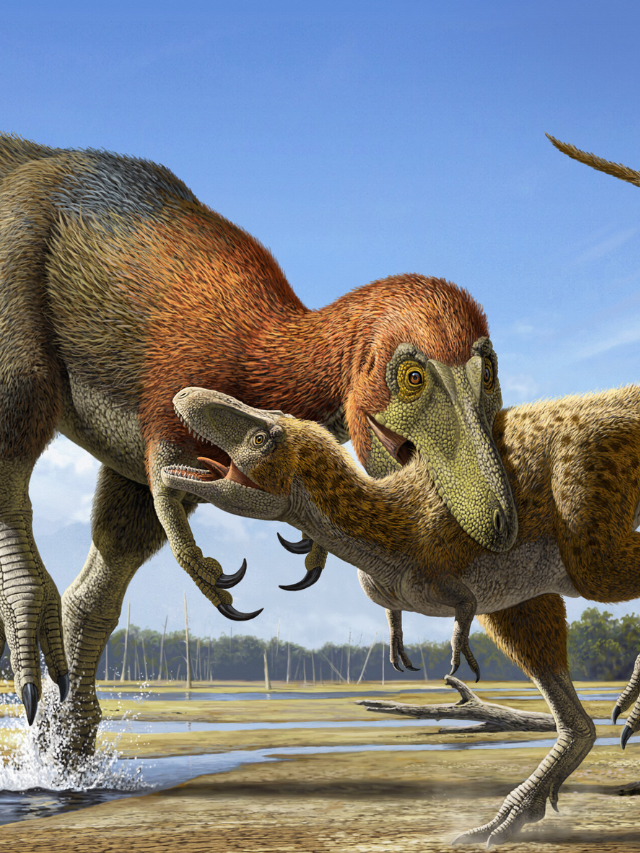
The study analyzed hundreds of dinosaur fossils, including those from Alaska's frigid Prince Creek Formation. Surprisingly, these cold-climate dinosaurs weren't giants.
Dinosaurs Don't Follow the Rule
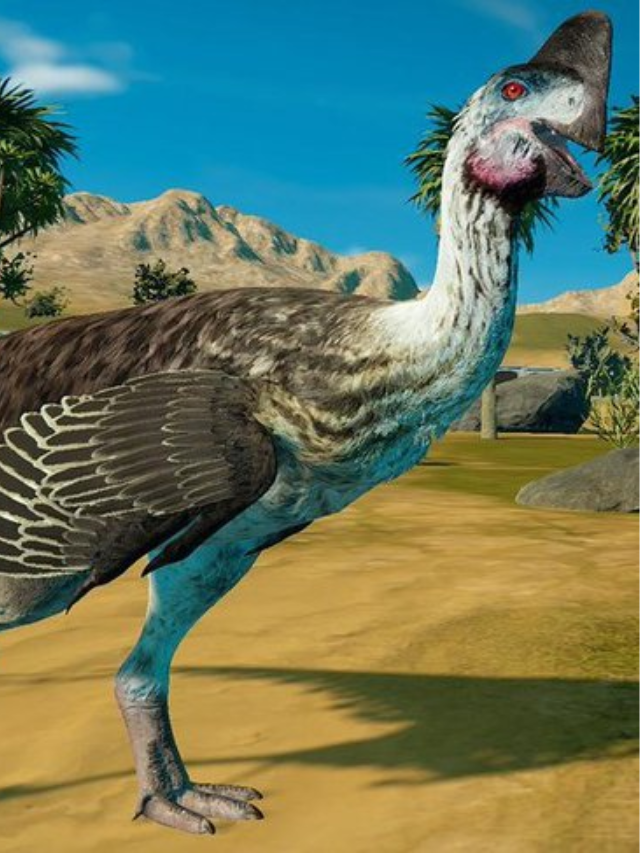
Researchers then examined modern mammals and birds, descendants of dinosaurs. Similar to dinosaurs, latitude didn't necessarily predict body size in these groups.
Modern Creatures Show Similar Patterns

The study suggests Bergmann's rule might be an exception, not the norm. It may only apply to specific warm-blooded animals under certain temperature conditions.
A Case for Rethinking the Rule
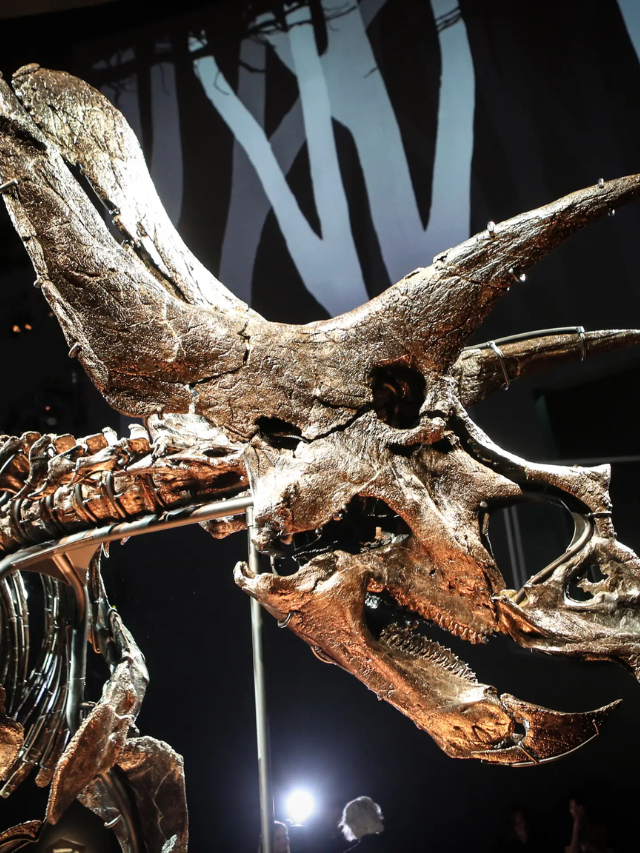
This research highlights the value of fossils in testing modern ecological principles.
The Power of the Fossil Record
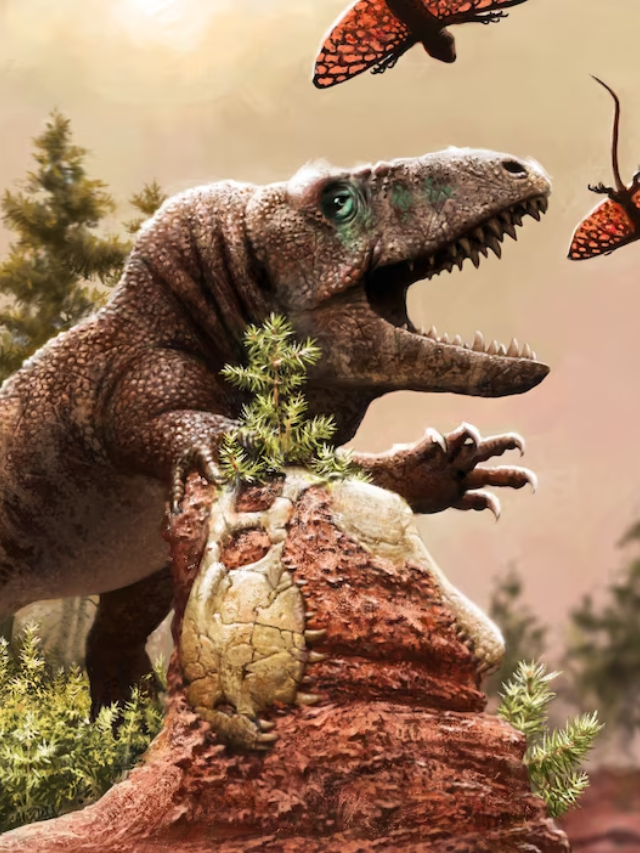
The fossil record offers a glimpse into ecosystems vastly different from ours. By studying these, scientists gain a deeper understanding of how ecological rules functioned in the past.
A Window to the Past
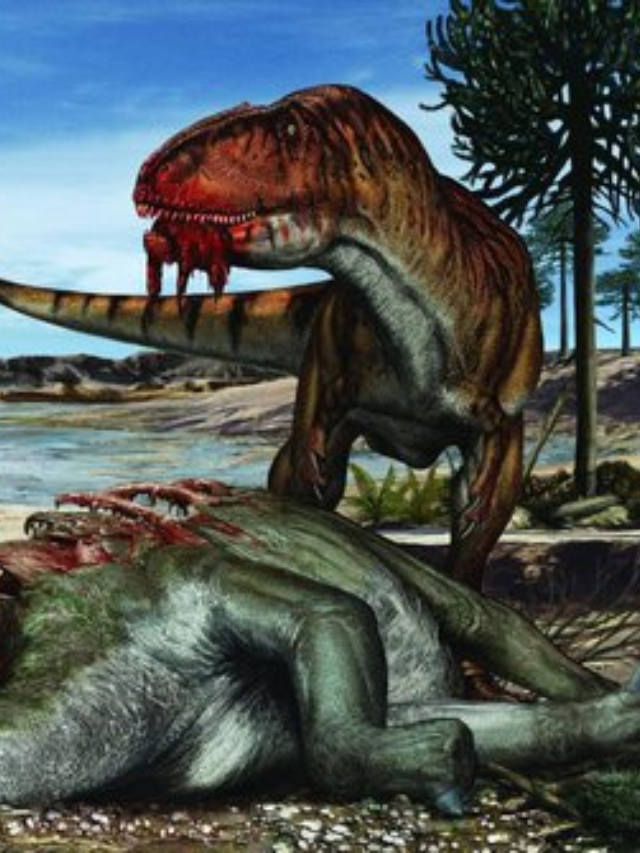
"Fossils offer a window into different ecosystems, allowing us to assess ecological rules in a new light."
Unveiling the Past to Understand the Present

"Modern ecosystems can't be understood without considering their evolutionary history. The past shapes the present."
The Importance of Evolutionary Roots

This study challenges Bergmann's rule, urging a more nuanced understanding of body size evolution in animals across different climates and time periods.